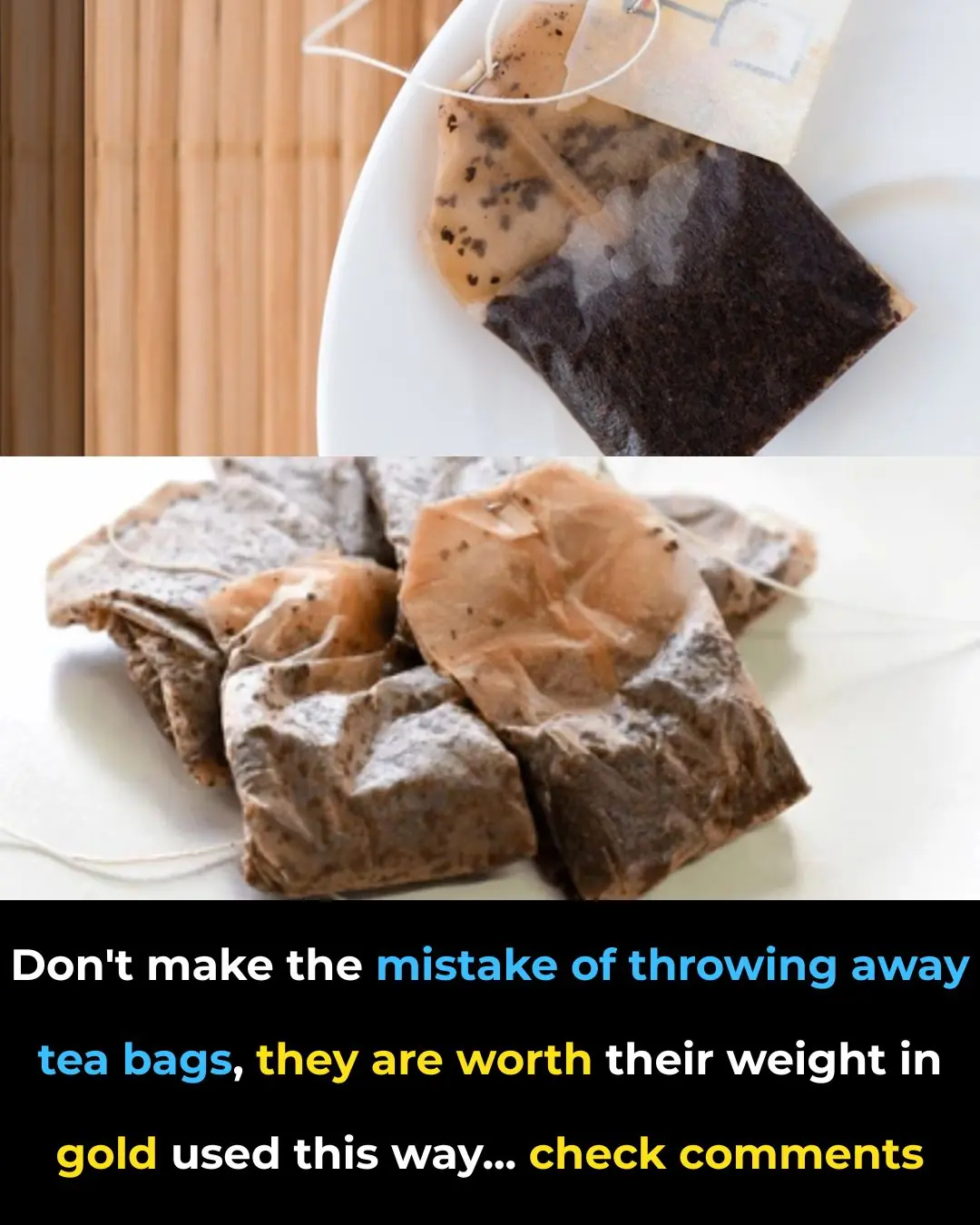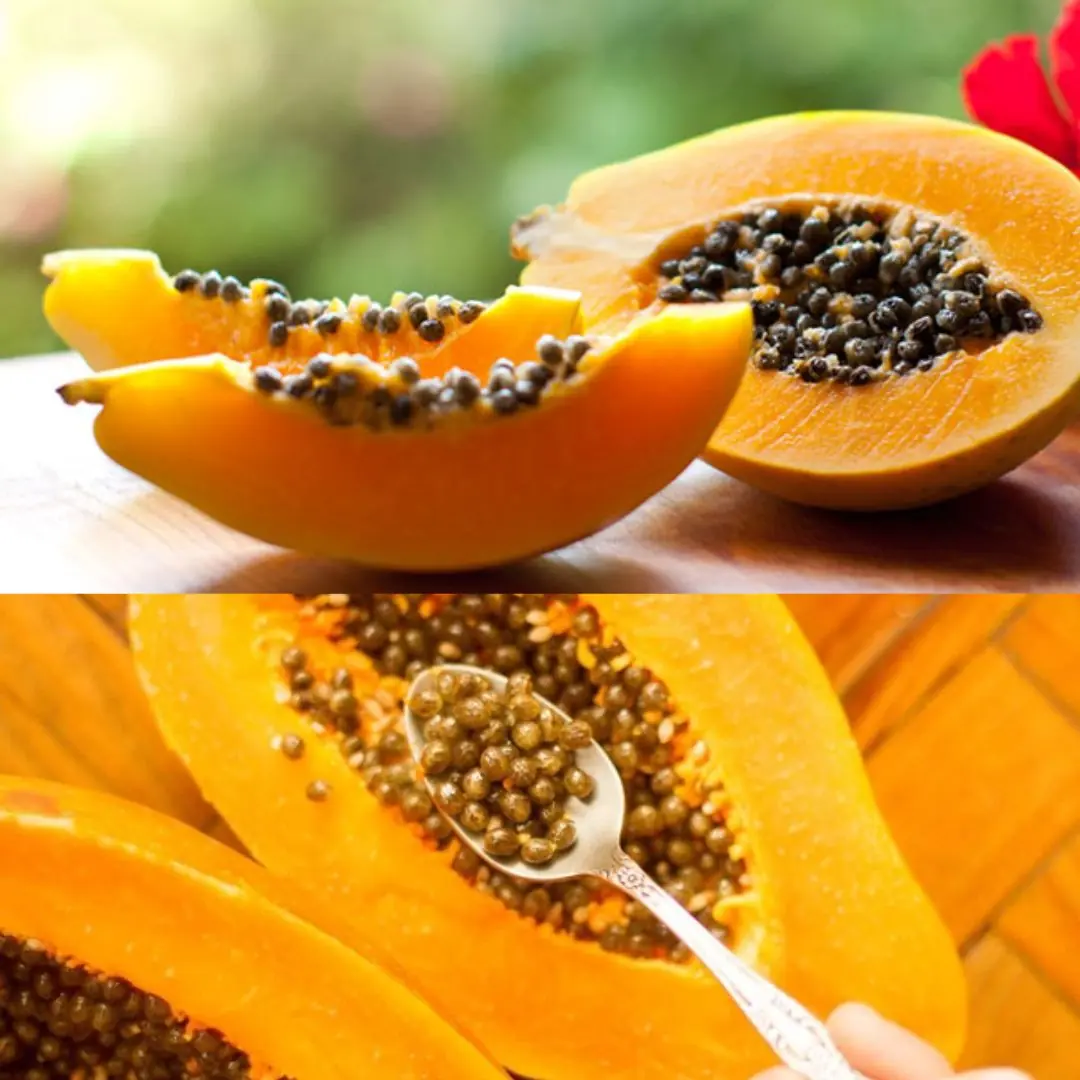
Pokeweed: The Attractive but Highly Toxic Plant Growing in Your Backyard
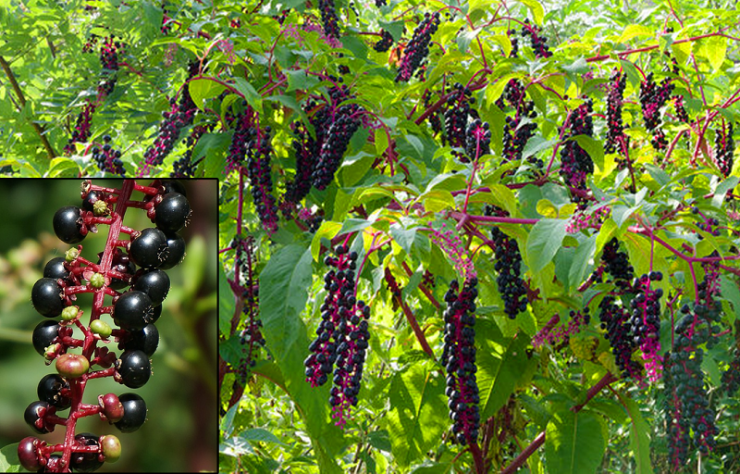
If you’ve ever come across a tall, striking plant with bright clusters of purple berries and lush green leaves in your backyard, along fence lines, or even by roadsides, you may have encountered pokeweed (Phytolacca americana). At first glance, this plant may appear ornamental or harmless, adding a splash of color to the landscape. However, behind its vivid appearance lies a hidden danger — pokeweed is extremely toxic to humans, pets, and livestock, and exposure to it should be taken very seriously.
What is Pokeweed?
Pokeweed is a hardy perennial plant native to North America, instantly recognizable by its thick reddish-purple stems, pendulous clusters of dark glossy berries, and its large, vibrant leaves. It often thrives in disturbed soils, abandoned fields, pastures, and even unsuspecting home gardens. Because it grows aggressively and spreads easily, many homeowners are surprised to find it taking root in their yards without warning. Its ability to reseed quickly means that once established, pokeweed can be difficult to control.
Why is Pokeweed Dangerous?
Every single part of the pokeweed plant — from the deep taproot hidden underground to the berries that hang temptingly from its branches — contains toxic compounds called saponins and alkaloids, most notably phytolaccatoxin and phytolaccigenin. These substances are highly poisonous, and even small amounts can cause severe reactions in both people and animals.
Common symptoms of pokeweed poisoning include:
-
Persistent nausea and vomiting
-
Severe, watery diarrhea
-
Painful abdominal cramps
-
Difficulty breathing or swallowing
-
Dangerously low blood pressure
-
In the most serious cases, respiratory failure, convulsions, and even death
It’s worth noting that even handling the plant barehanded can sometimes trigger skin rashes or irritation in sensitive individuals. This is why proper protective clothing is essential when removing or working near pokeweed.
The Risk of the Berries
Perhaps the most deceptive feature of pokeweed is its berries. Their deep purple color and juicy appearance make them look appealing, especially to curious children who may mistake them for edible wild fruits. However, just a few berries can cause serious illness in young children, and larger amounts may prove fatal. Pets and livestock are also at high risk. Interestingly, many bird species appear unaffected by the toxins, and by eating the berries, they help disperse the seeds — contributing to pokeweed’s rapid spread across different habitats.
How to Remove Pokeweed Safely
If you discover pokeweed growing on your property, it’s important to act quickly and with caution:
-
Protect yourself first: Always wear sturdy gloves, long sleeves, and long pants to avoid skin contact.
-
Dig out the root system: Simply cutting the plant down is not enough. Pokeweed can regrow from its large taproot, so you’ll need to remove it completely.
-
Dispose properly: Do not place pokeweed in your compost pile. Instead, bag it securely and put it in the trash so the toxins do not spread back into your soil.
-
Clean thoroughly: After removal, wash your hands, clothing, and tools carefully to ensure no toxic residue remains.
A Note on Traditional Uses
Historically, pokeweed has been used in folk medicine and in carefully prepared dishes like “poke sallet,” where the young leaves were boiled multiple times to reduce toxicity. However, modern health experts strongly caution against these practices. The risk of accidental poisoning is extremely high, and the potential dangers far outweigh any possible health benefits.
In summary: Pokeweed may be eye-catching, but it is a plant best admired from a distance. If it shows up in your garden, handle it with care and remove it quickly. Protecting your family, pets, and livestock from its toxic effects is far more important than any ornamental value it may provide.
News in the same category

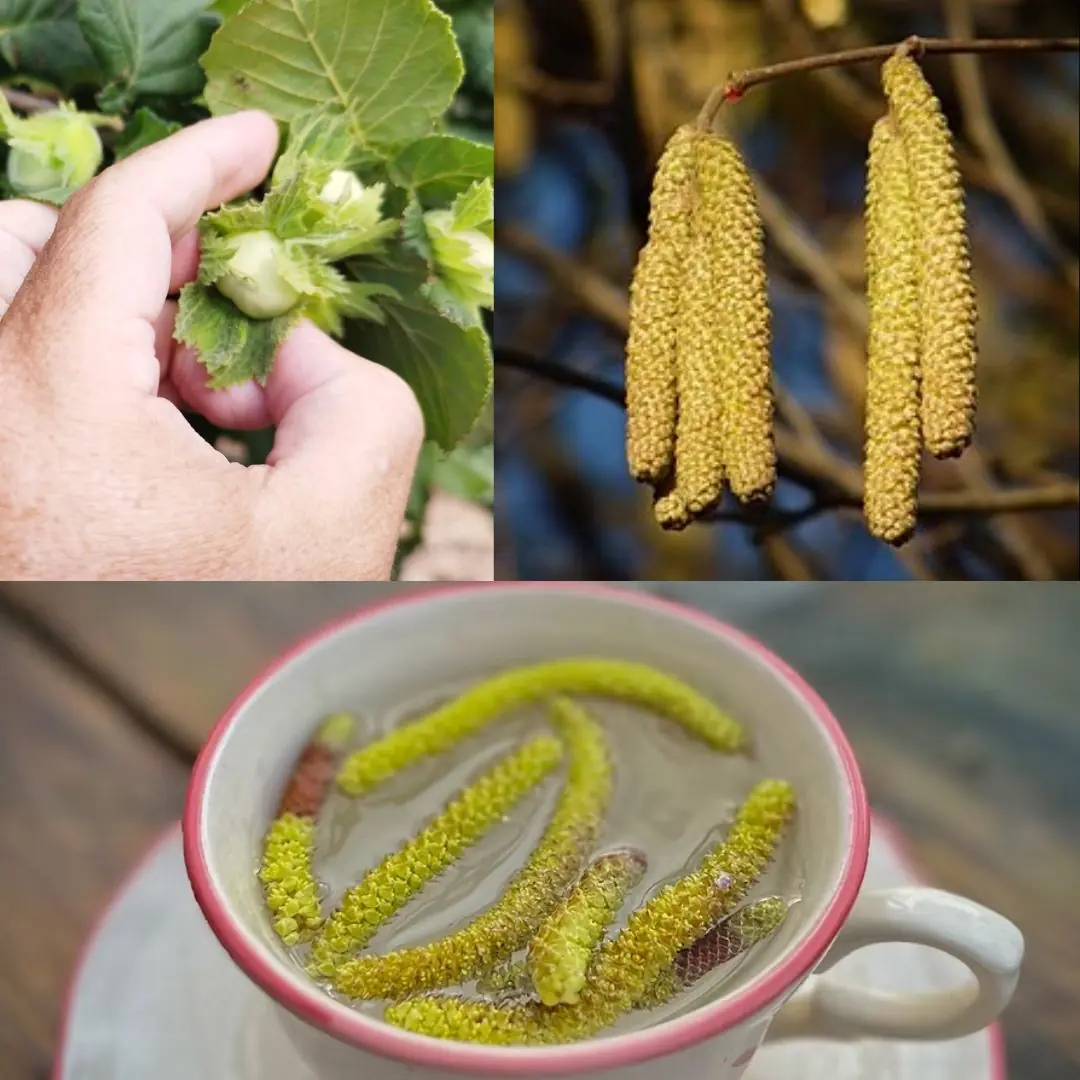
The Wonderful Hazel Tree (Corylus avellana): Nutrition, Healing, and Traditional Uses of Every Part
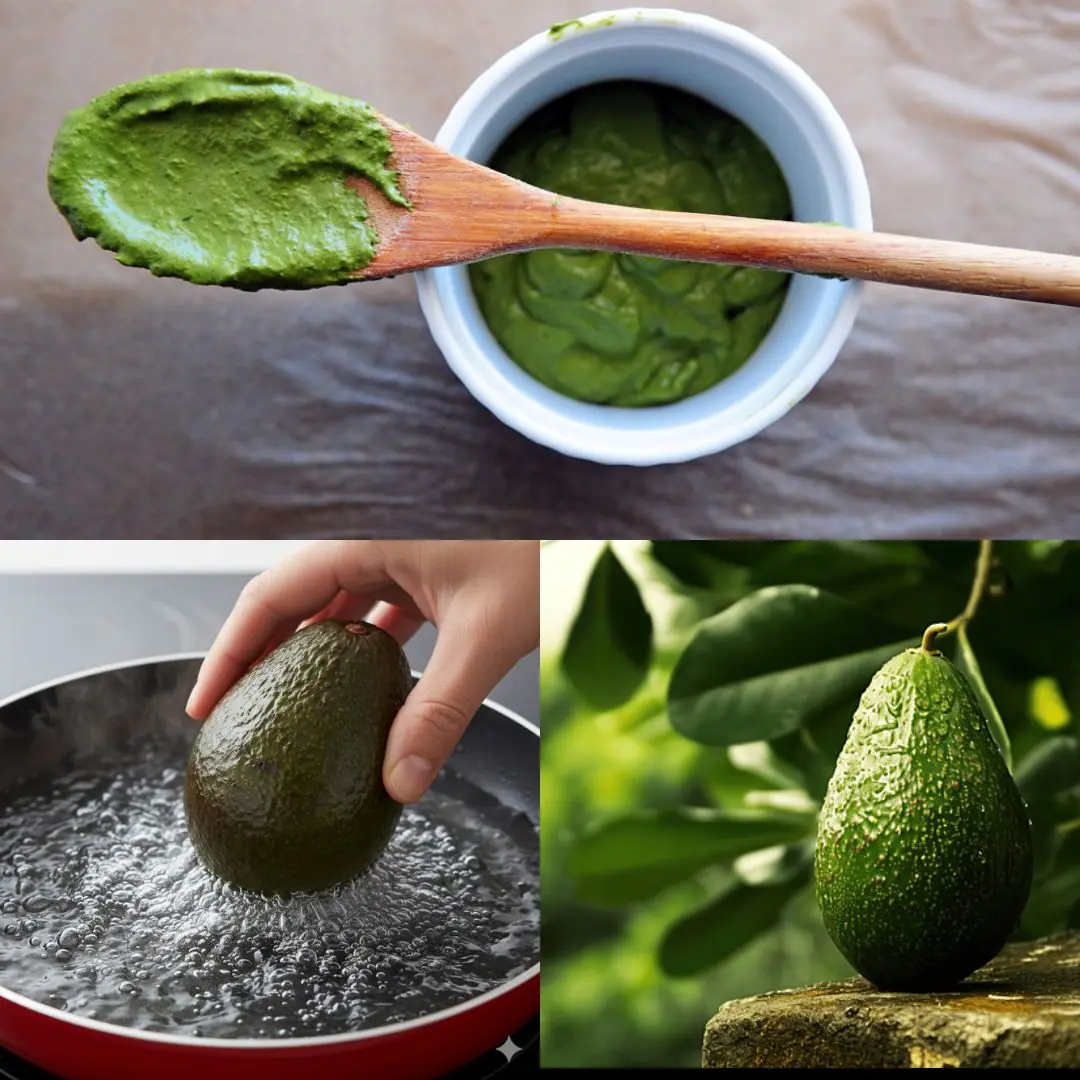
Boiling a Whole Avocado: The Secret to Softness, Nutrition, and a Delicious Baked Recipe
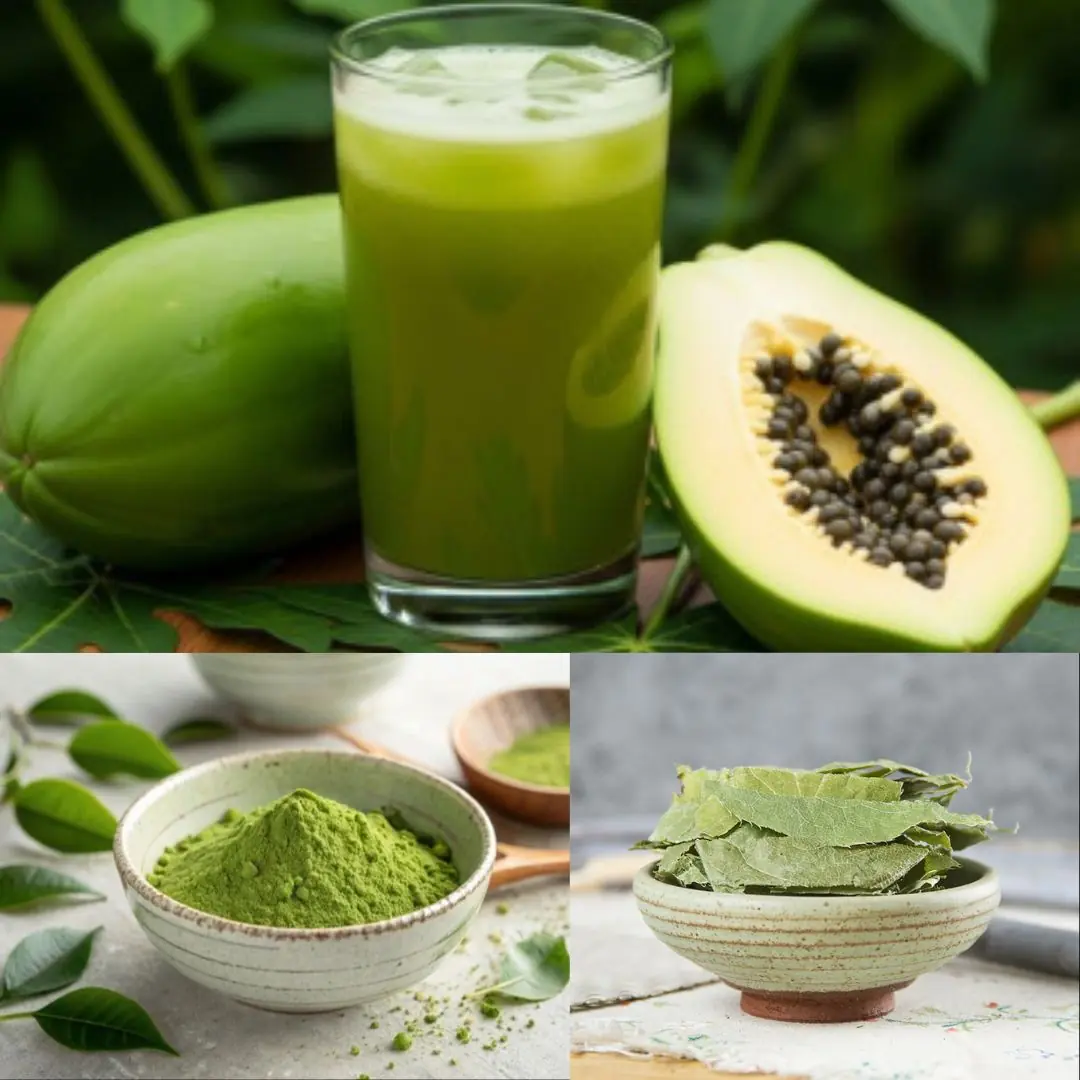
The Hidden Healing Power of Papaya Leaves
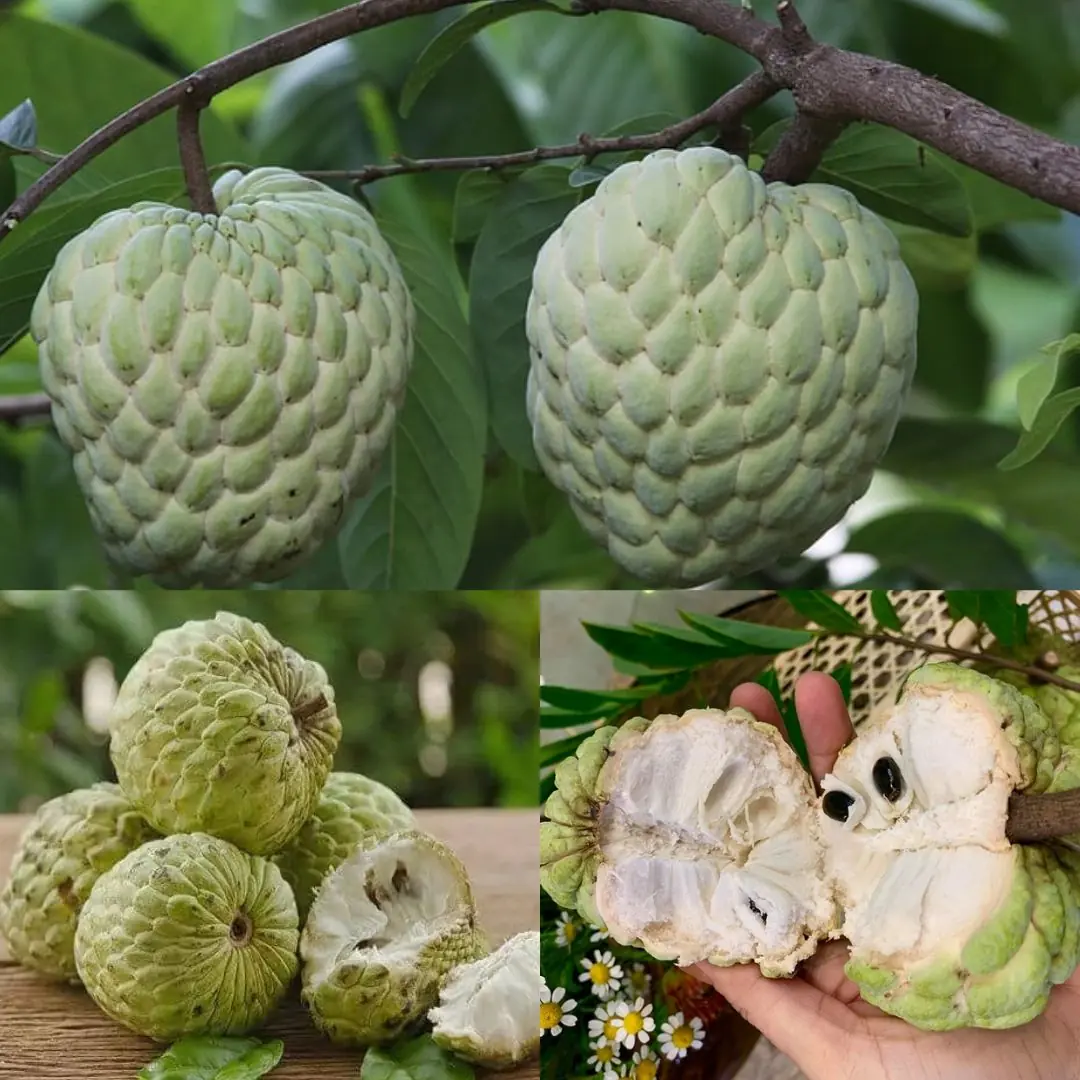
Sugar Apple (Annona squamosa): A Sweet Fruit with Powerful Health Benefits

25 Worrying Signs Your Body Is Trying to Warn You of Serious Health Problems (and What to Do About Them)
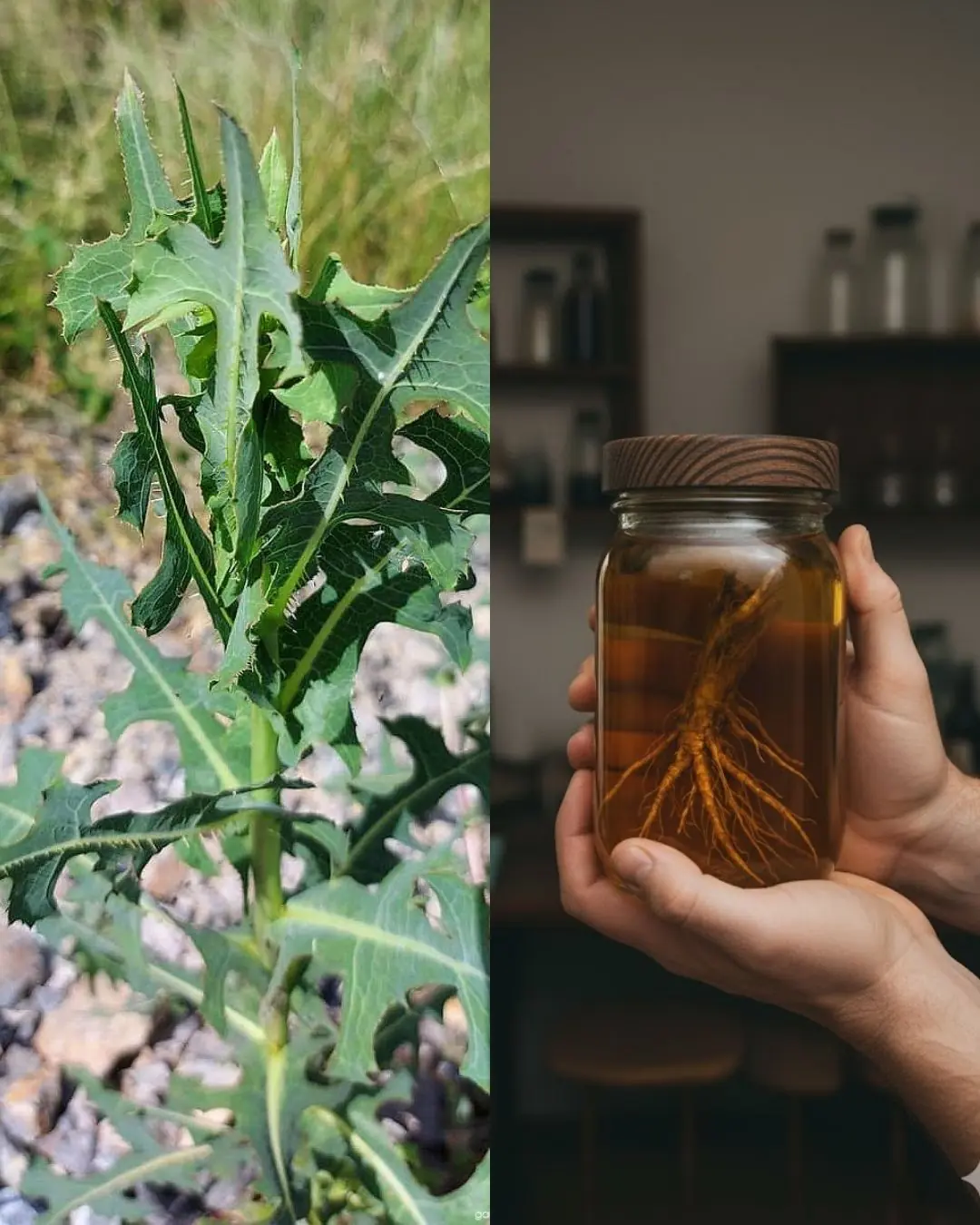
The Hidden Power of Lactuca serriola Root (Prickly Lettuce Root)
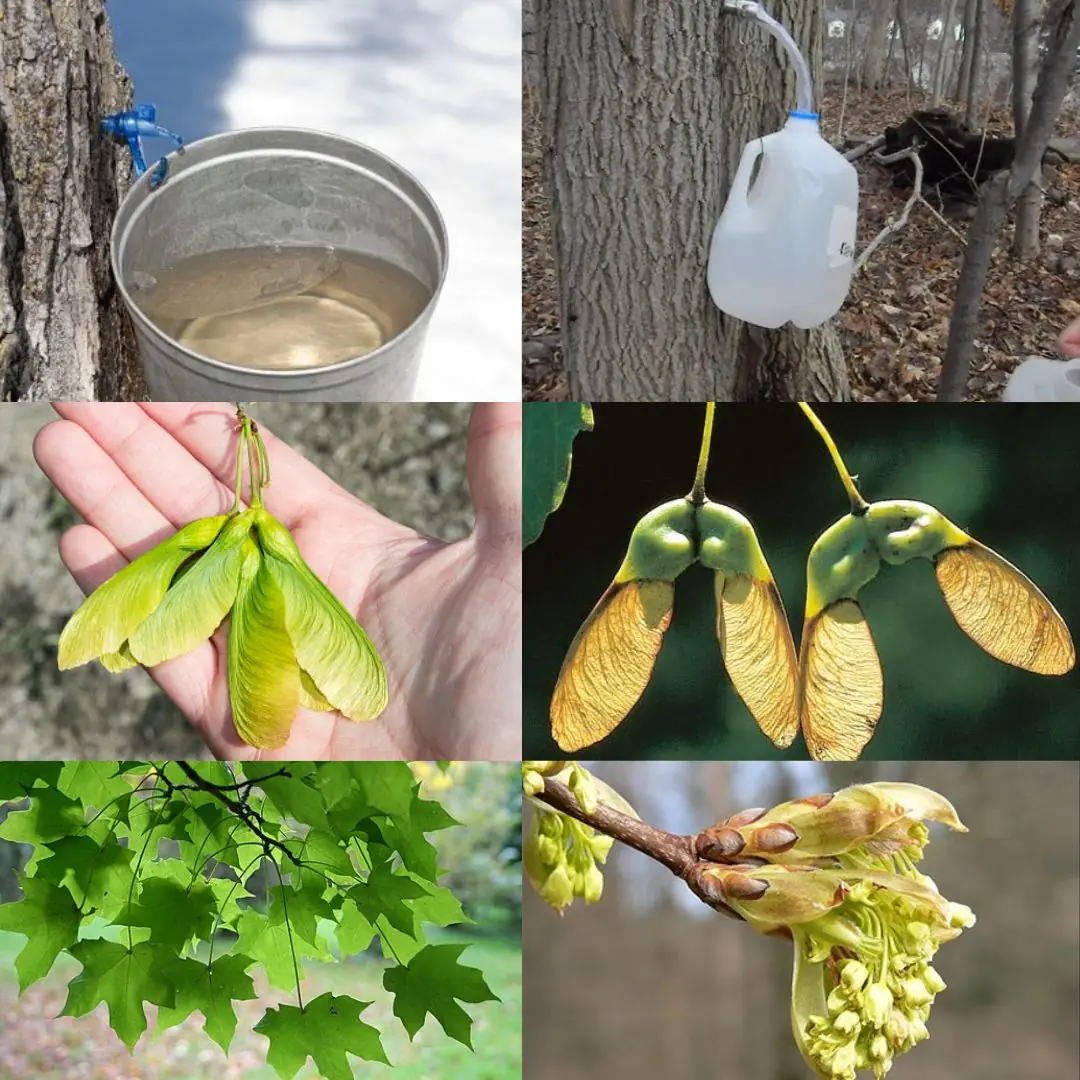
Maple Trees from Root to Crown: A Complete Guide to Every Edible Part
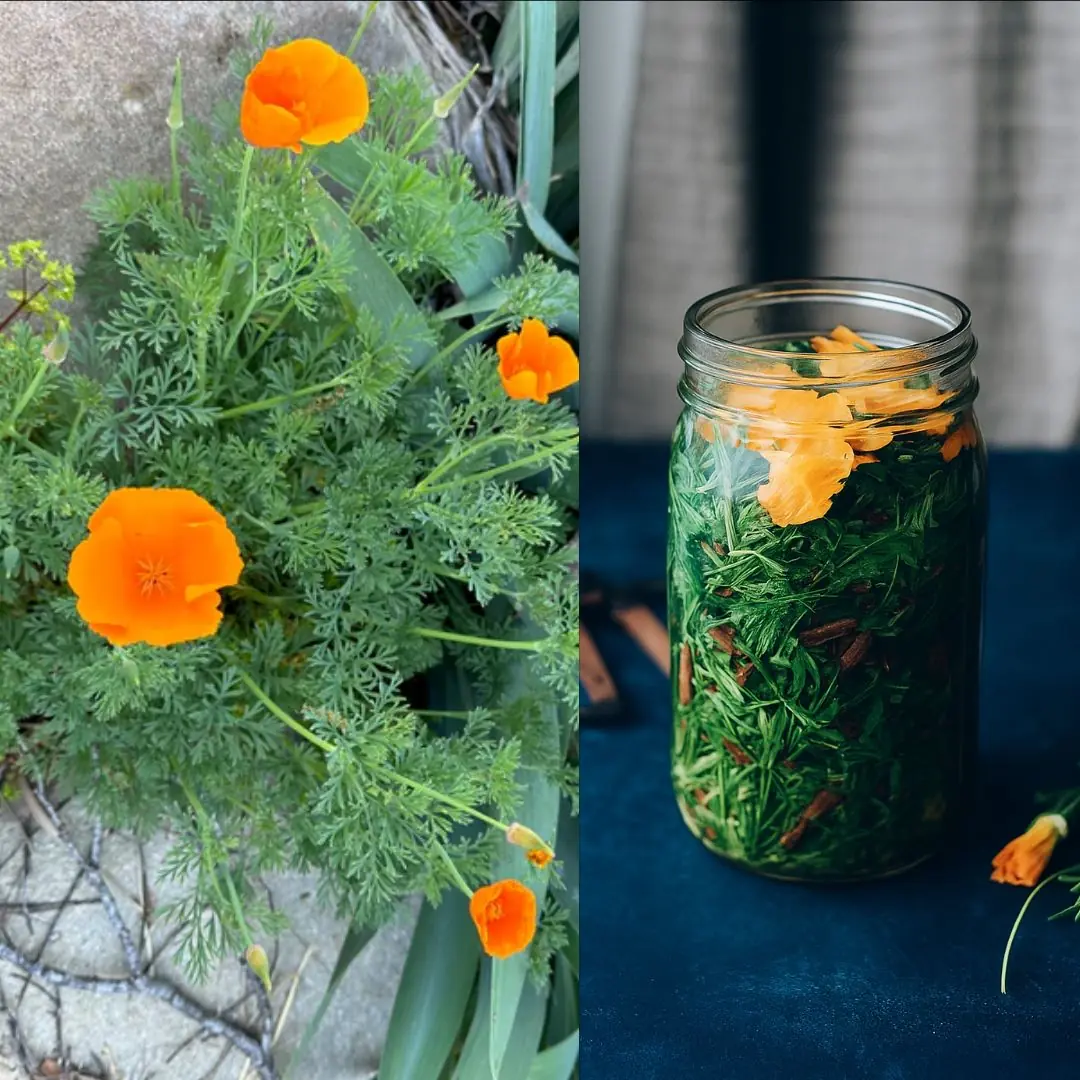
California Poppy: Nature’s Gentle Remedy for Relaxation and More
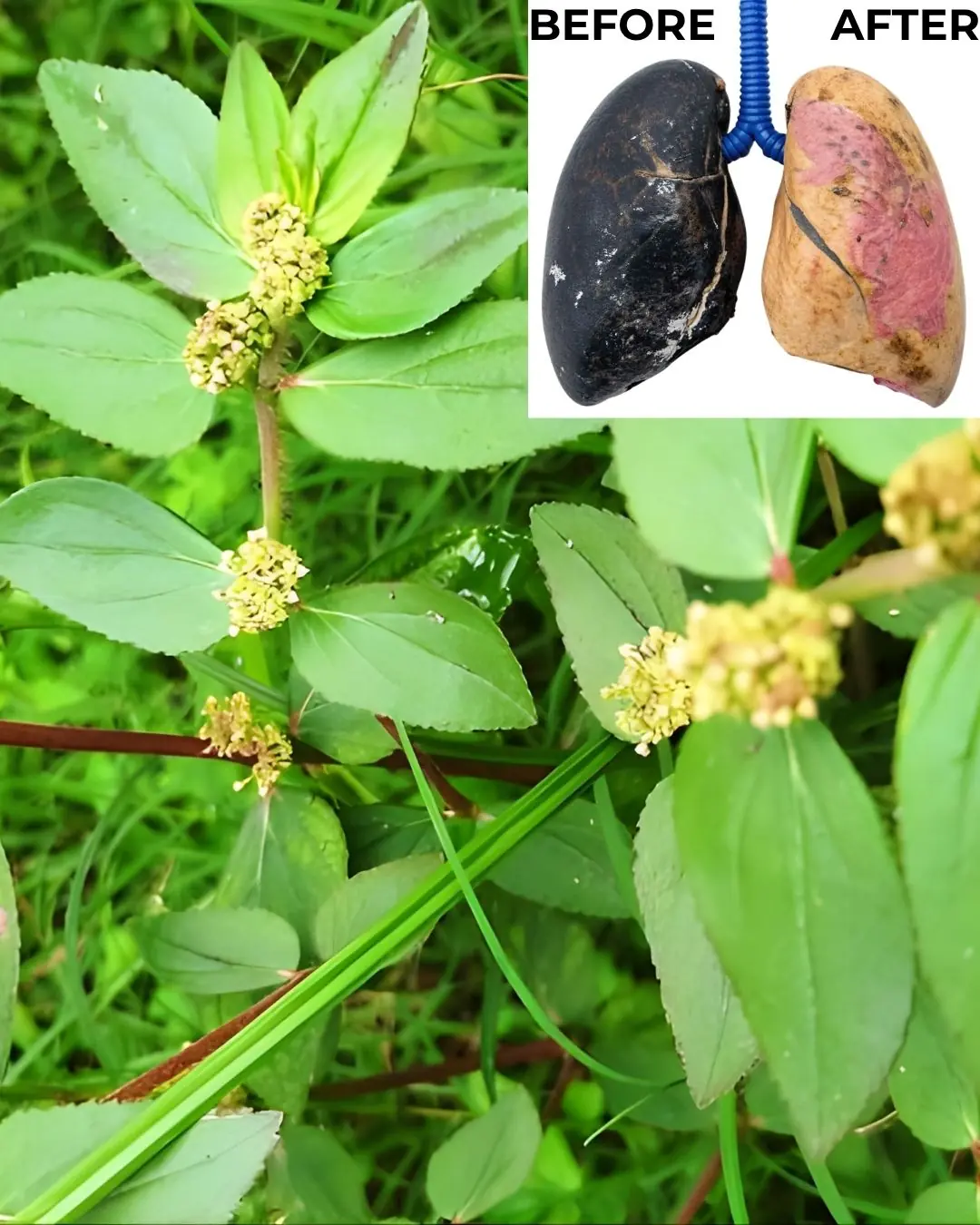
Euphorbia Hirta: 30 Benefits and How to Use It Safely
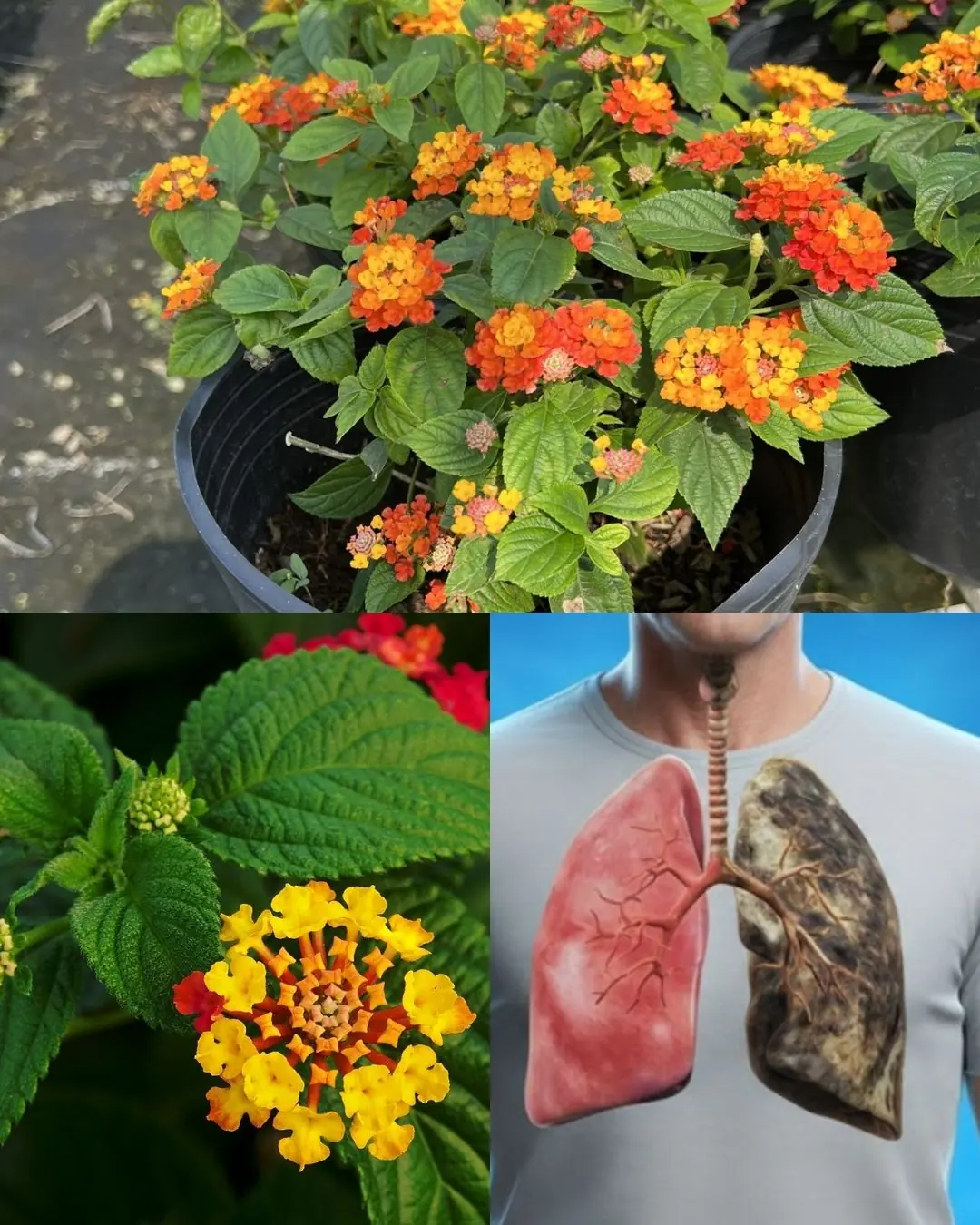
The Hidden Power of Common Lantana (Lantana camara): What You Can Safely Do with It at Home
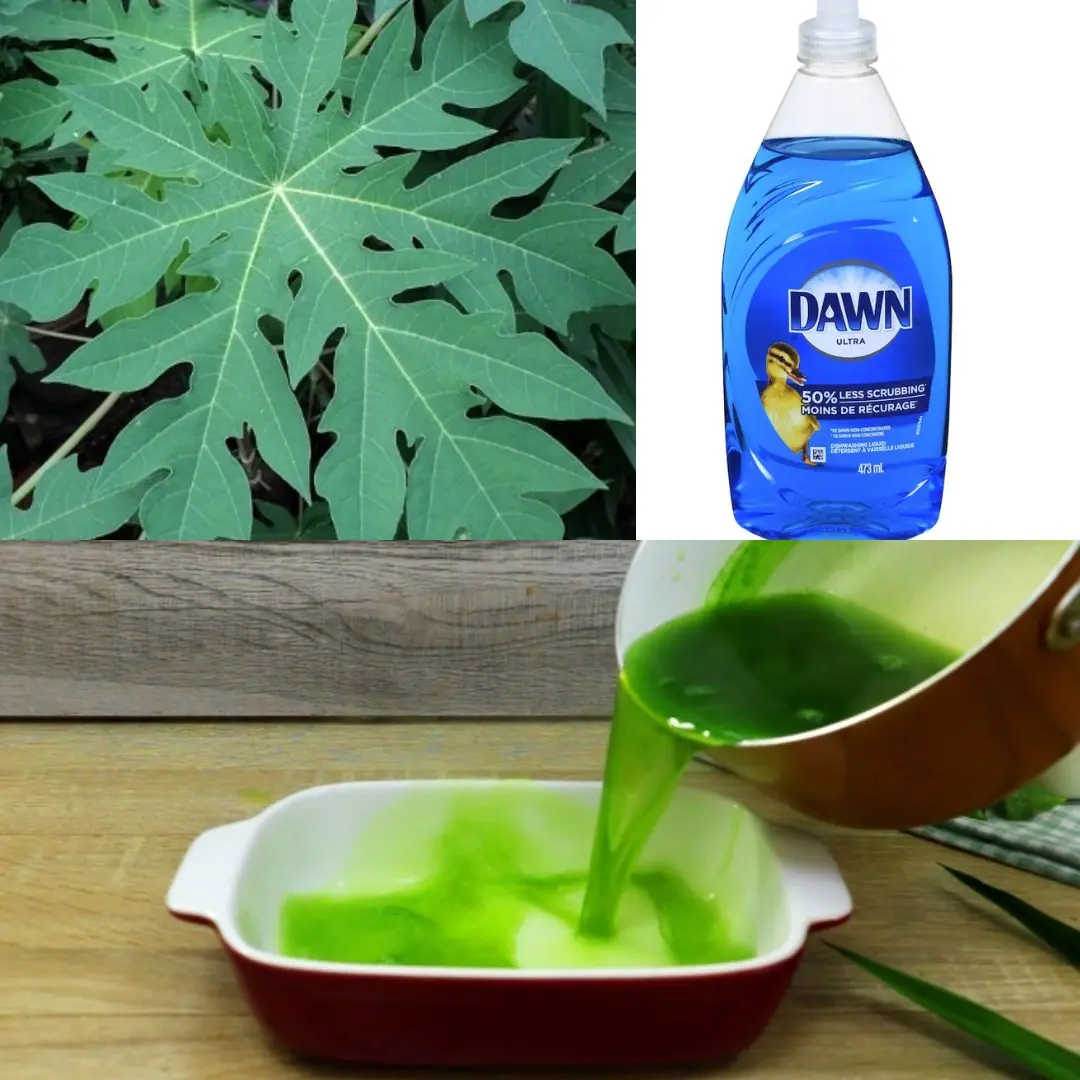
Turn Papaya Leaves Into a Powerful Homemade Detergent
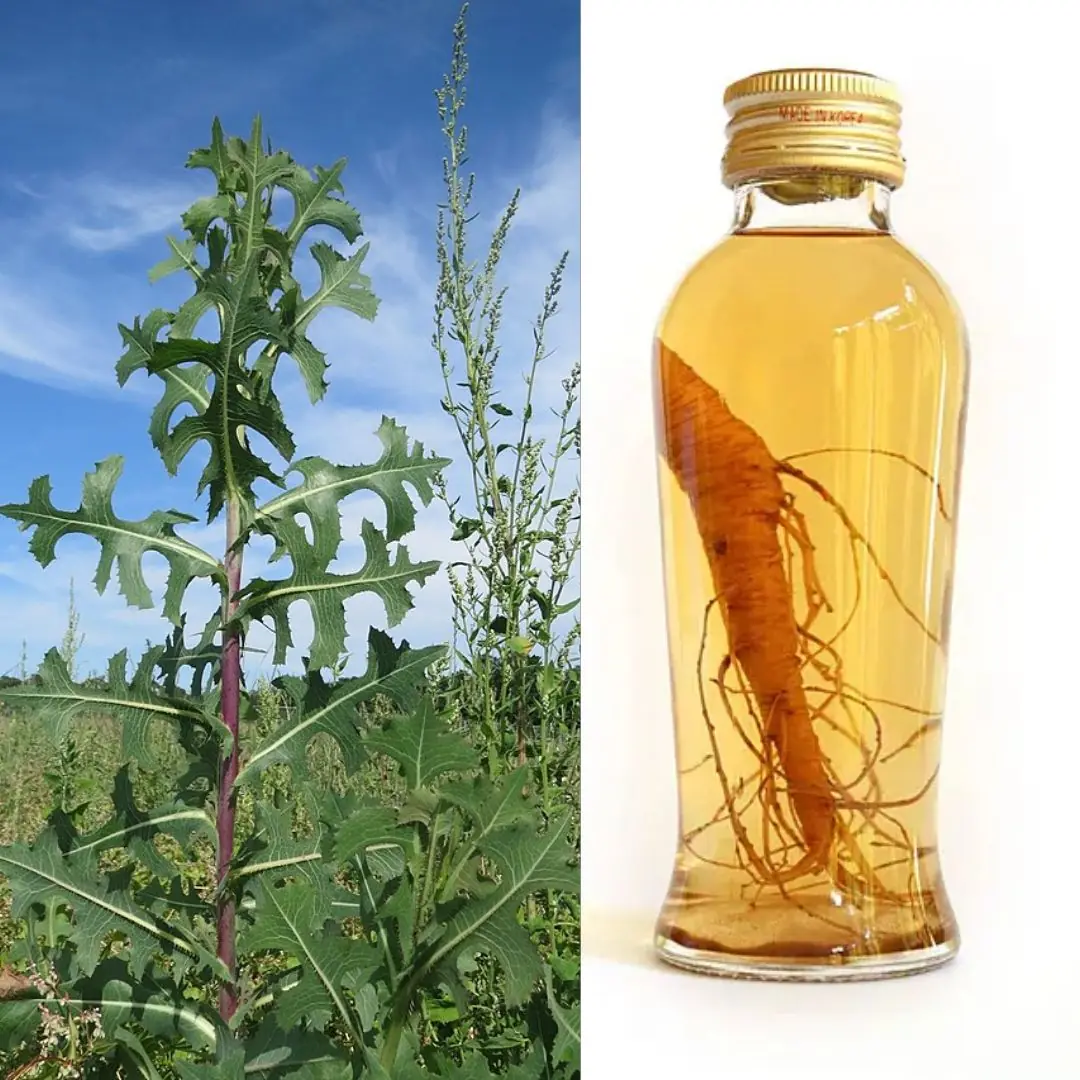
Wild Lettuce Root – Benefits, Uses, and Natural Pain Relief Properties
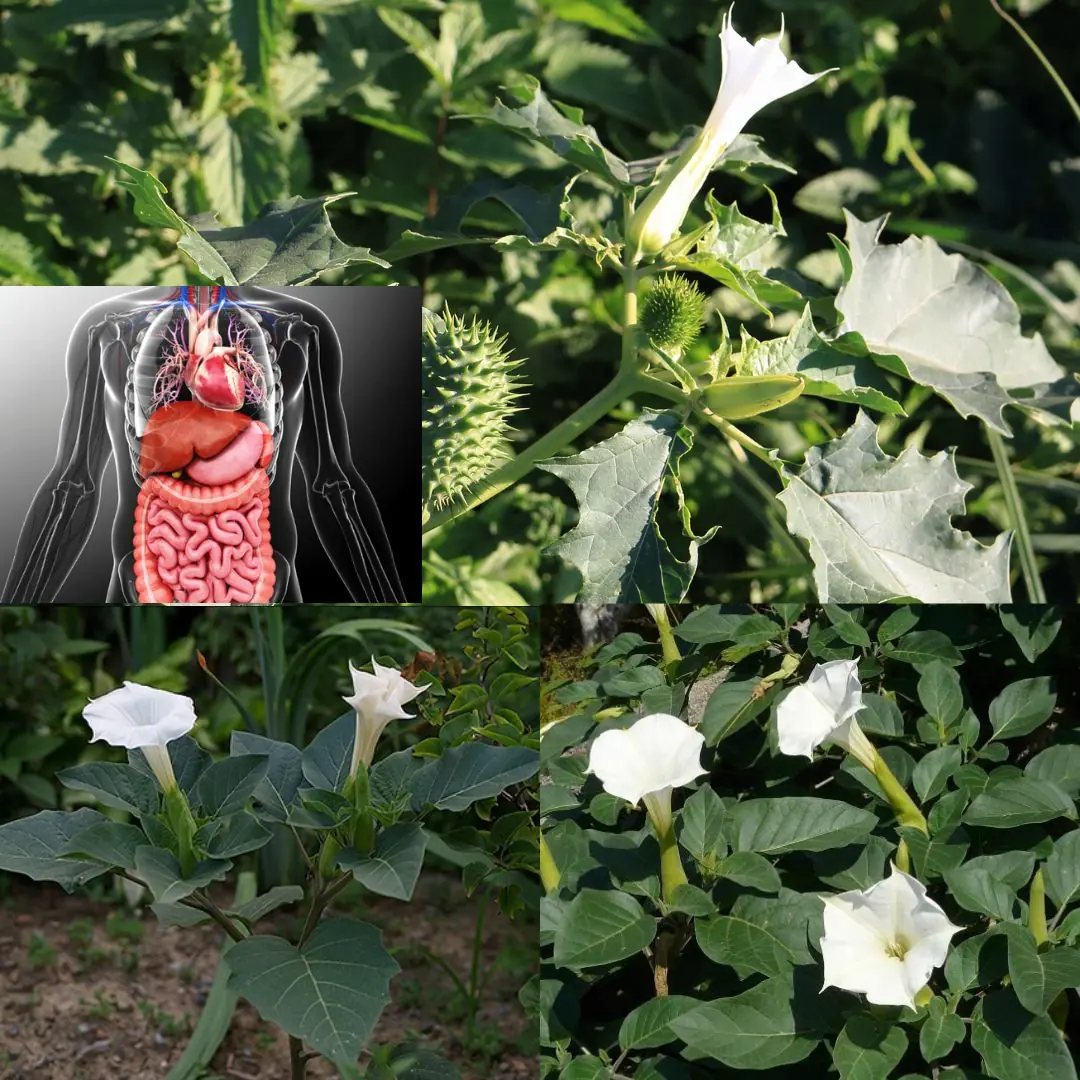
The Datura Genus: Why You Should Keep Your Distance from These Toxic Plants
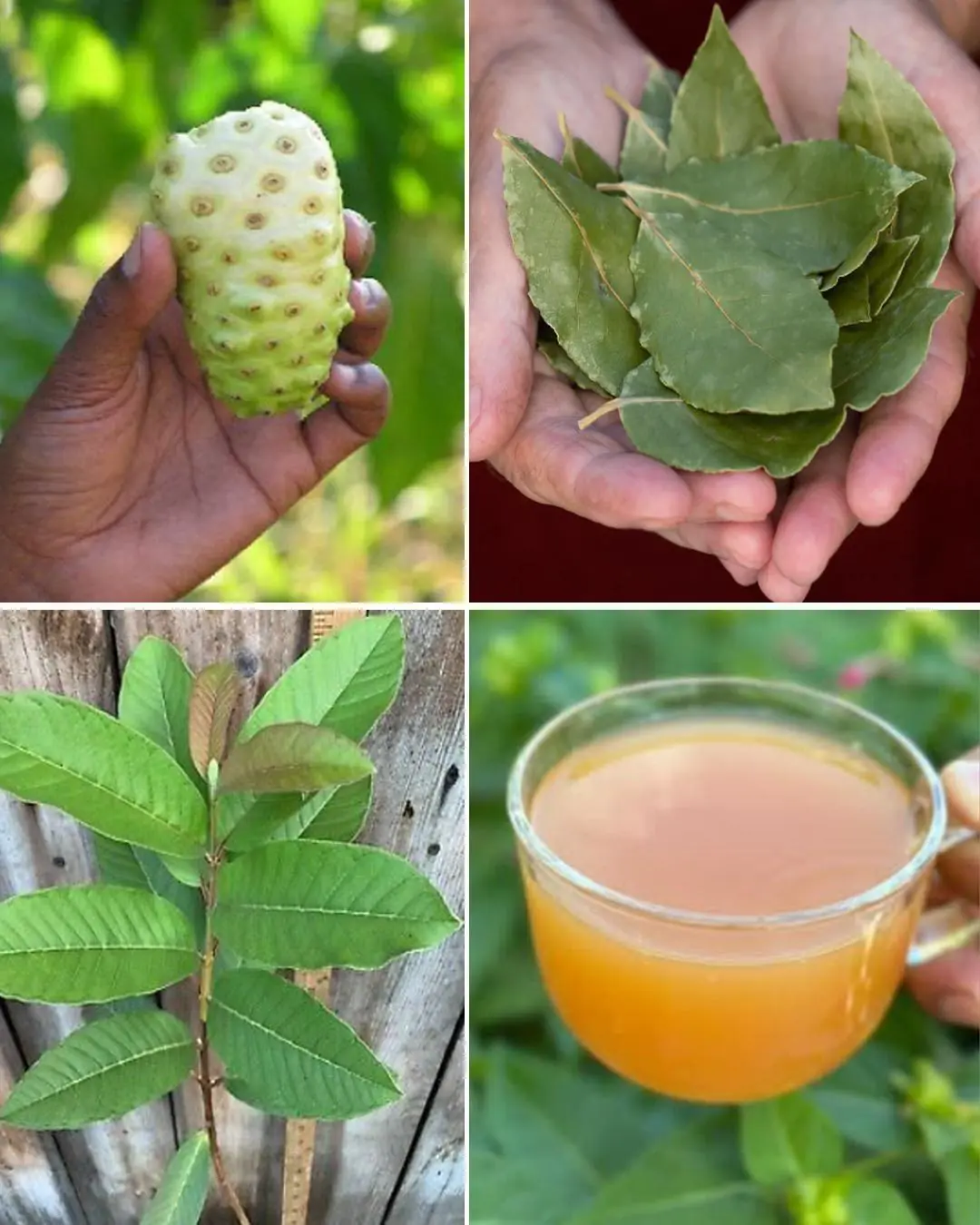
The Ultimate Healing Tonic: A Powerful Drink to Combat Swollen Feet, Diabetes and Poor Circulation
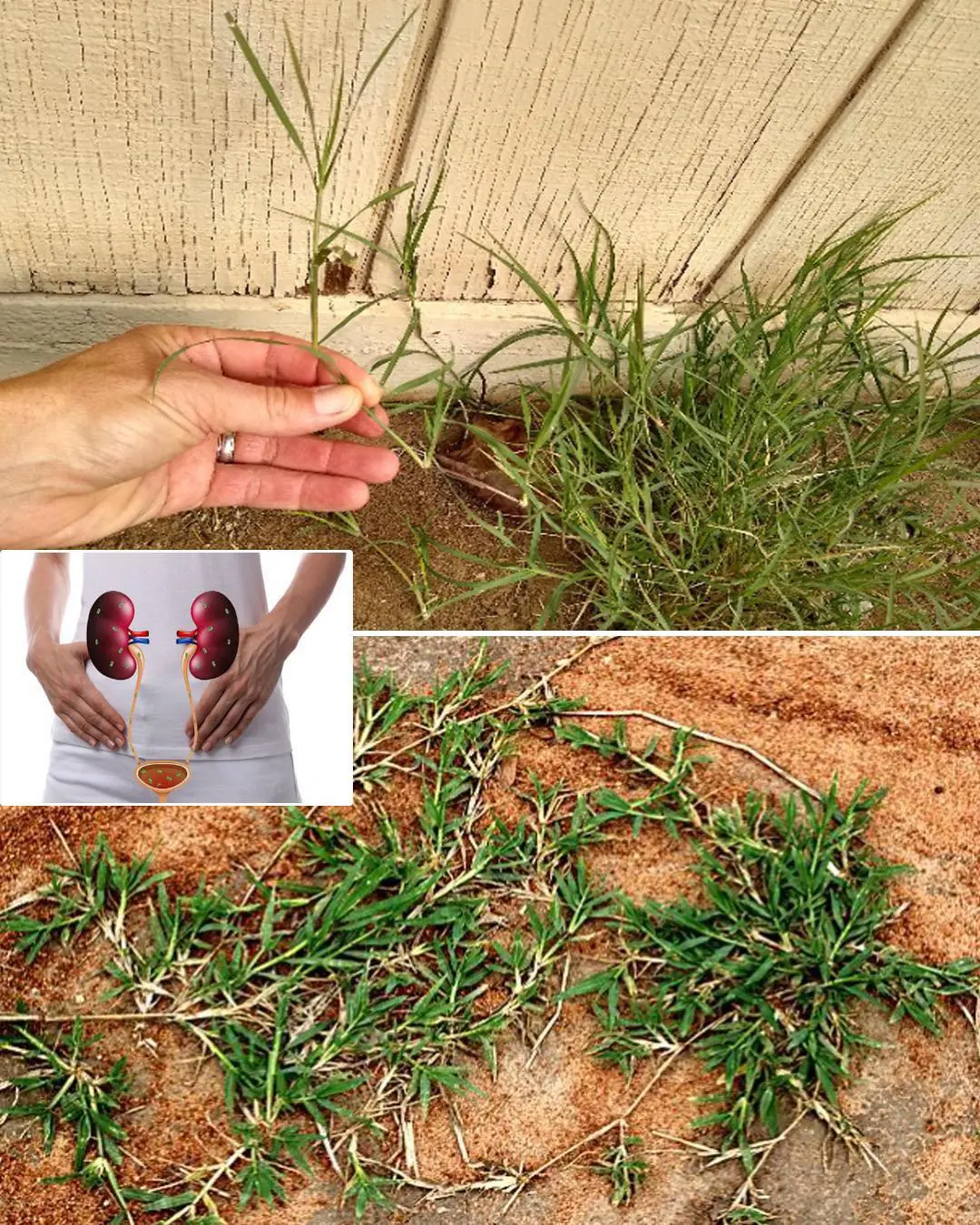
Cynodon dactylon (Bermuda Grass): Benefits and Uses
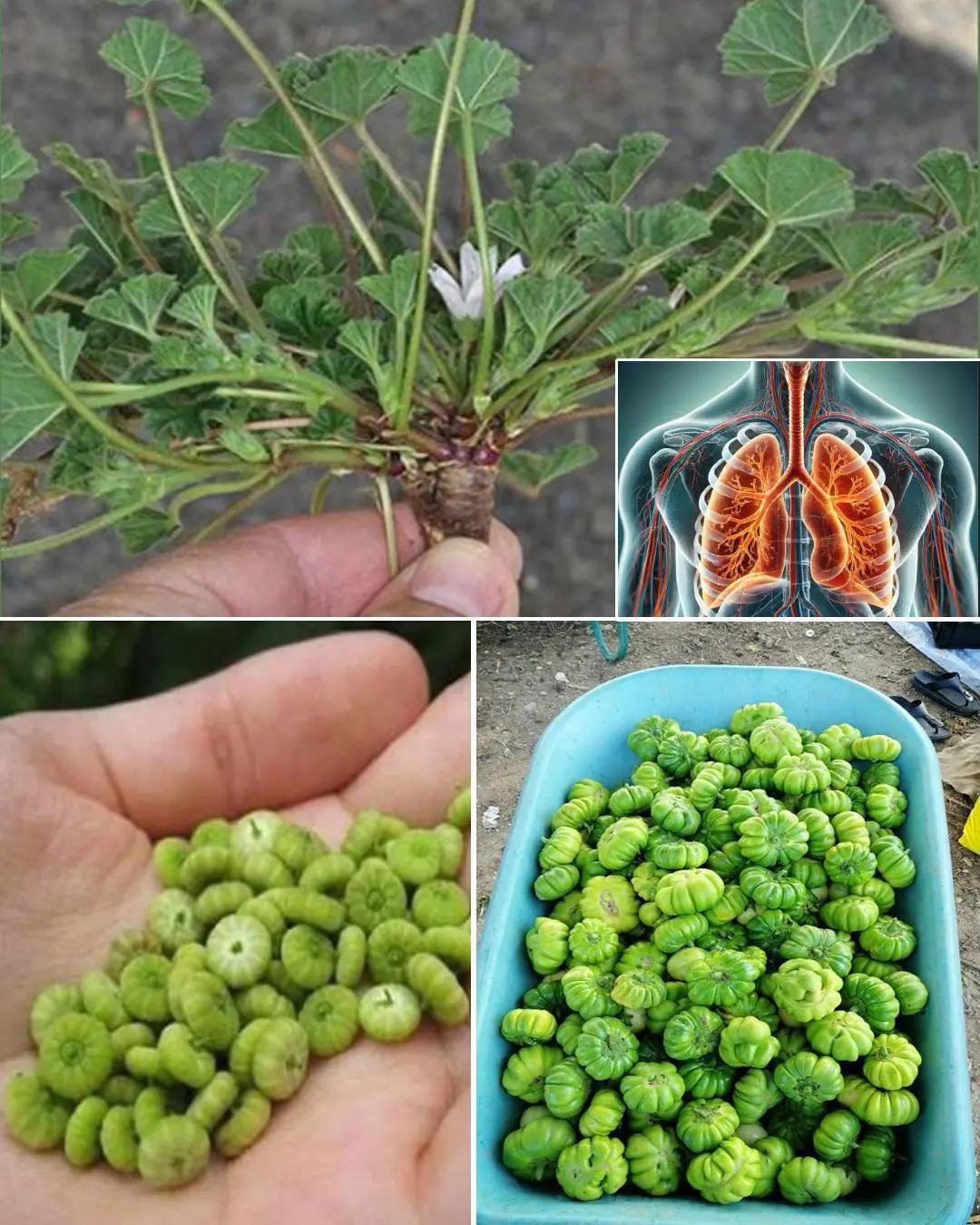
Exploring the Health Benefits of Common Mallow: A Nutritional Powerhouse
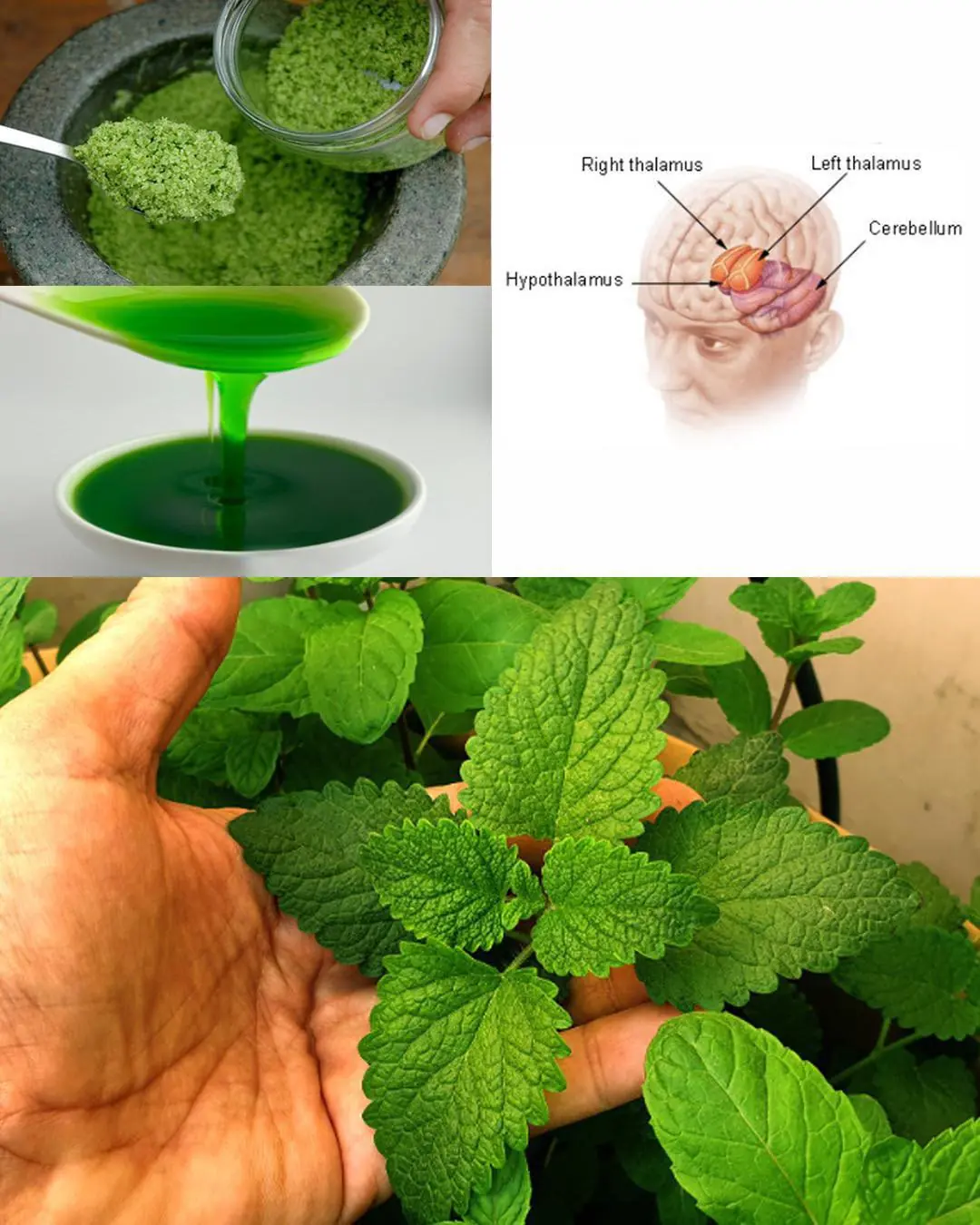
Mint: The Miracle Herb for Health, Healing, and Refreshment
News Post

The Powerful Health Benefits of Papaya Seeds: Why You Should Include Them in Your Diet

The Wonderful Hazel Tree (Corylus avellana): Nutrition, Healing, and Traditional Uses of Every Part

Boiling a Whole Avocado: The Secret to Softness, Nutrition, and a Delicious Baked Recipe

The Hidden Healing Power of Papaya Leaves

Sugar Apple (Annona squamosa): A Sweet Fruit with Powerful Health Benefits
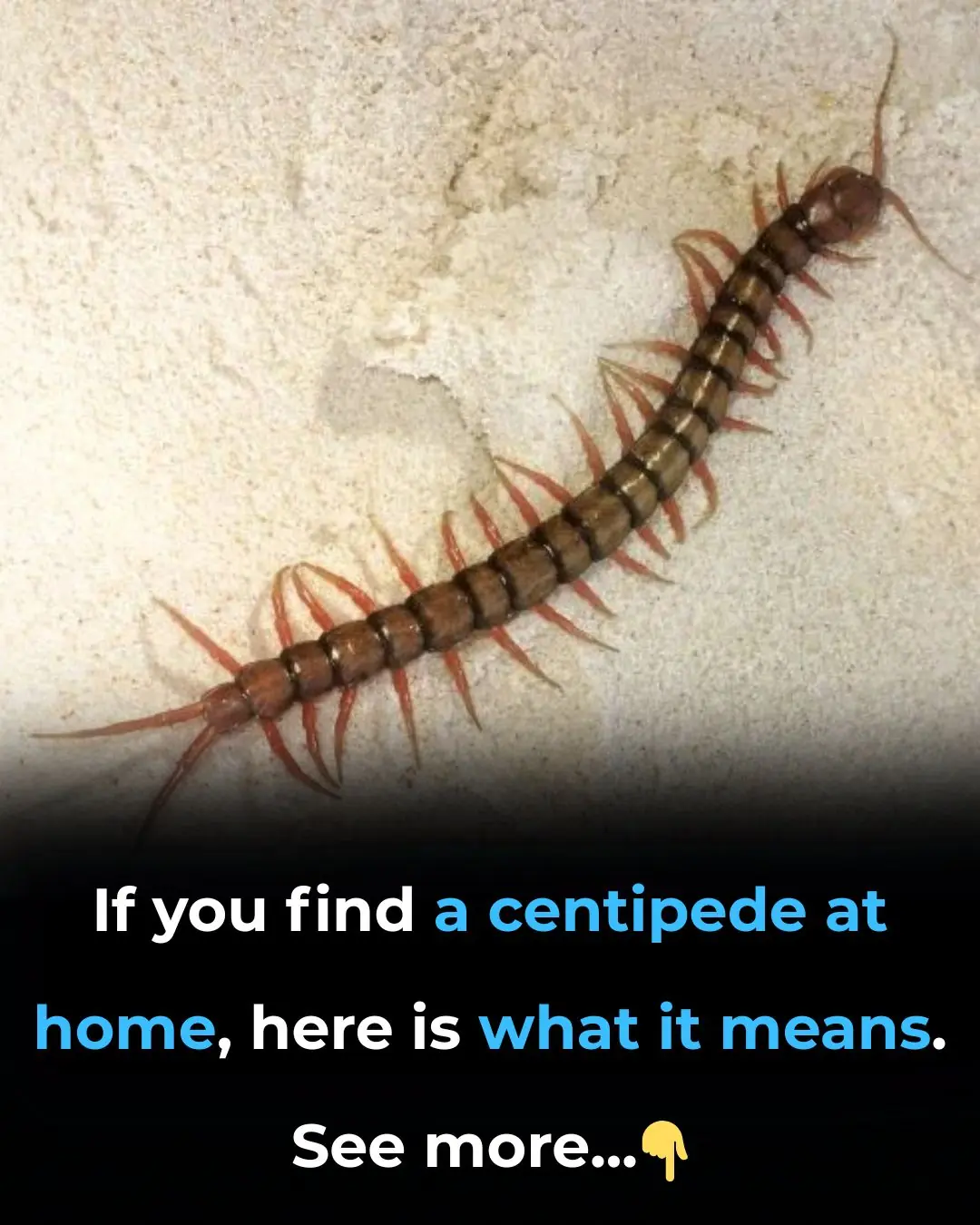
If you find a centipede at home, here is what it means...

Why We Feel That Little Electric Sh0ck When We Touch Another Person—Science Explains

If a Man Doesn’t Appreciate You, Here’s What You Should Do

25 Worrying Signs Your Body Is Trying to Warn You of Serious Health Problems (and What to Do About Them)

The Hidden Power of Lactuca serriola Root (Prickly Lettuce Root)

Why You Should Stop Waking Up to Urinate
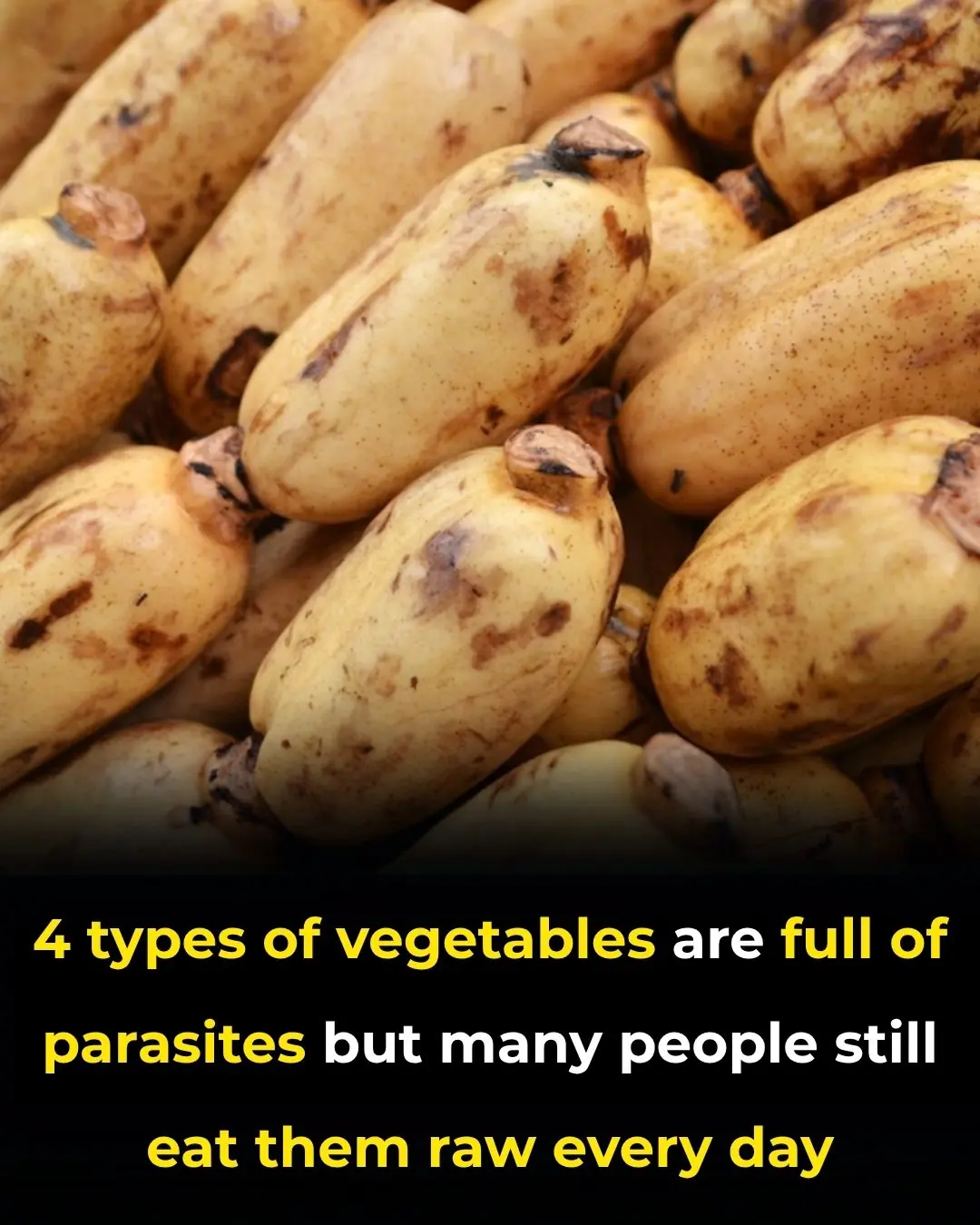
4 types of vegetables are full of parasites but many people still eat them raw every day

Hidden Dangers in Your Mouth: Early Signs of Oral Cancer

Maple Trees from Root to Crown: A Complete Guide to Every Edible Part

7 Signs of Arthritis You Shouldn't Ignore

California Poppy: Nature’s Gentle Remedy for Relaxation and More

What is its purpose. see details

When a woman stops loving a man, she begins…

5 hygiene mistakes that many people make... but no one dares to talk about...
